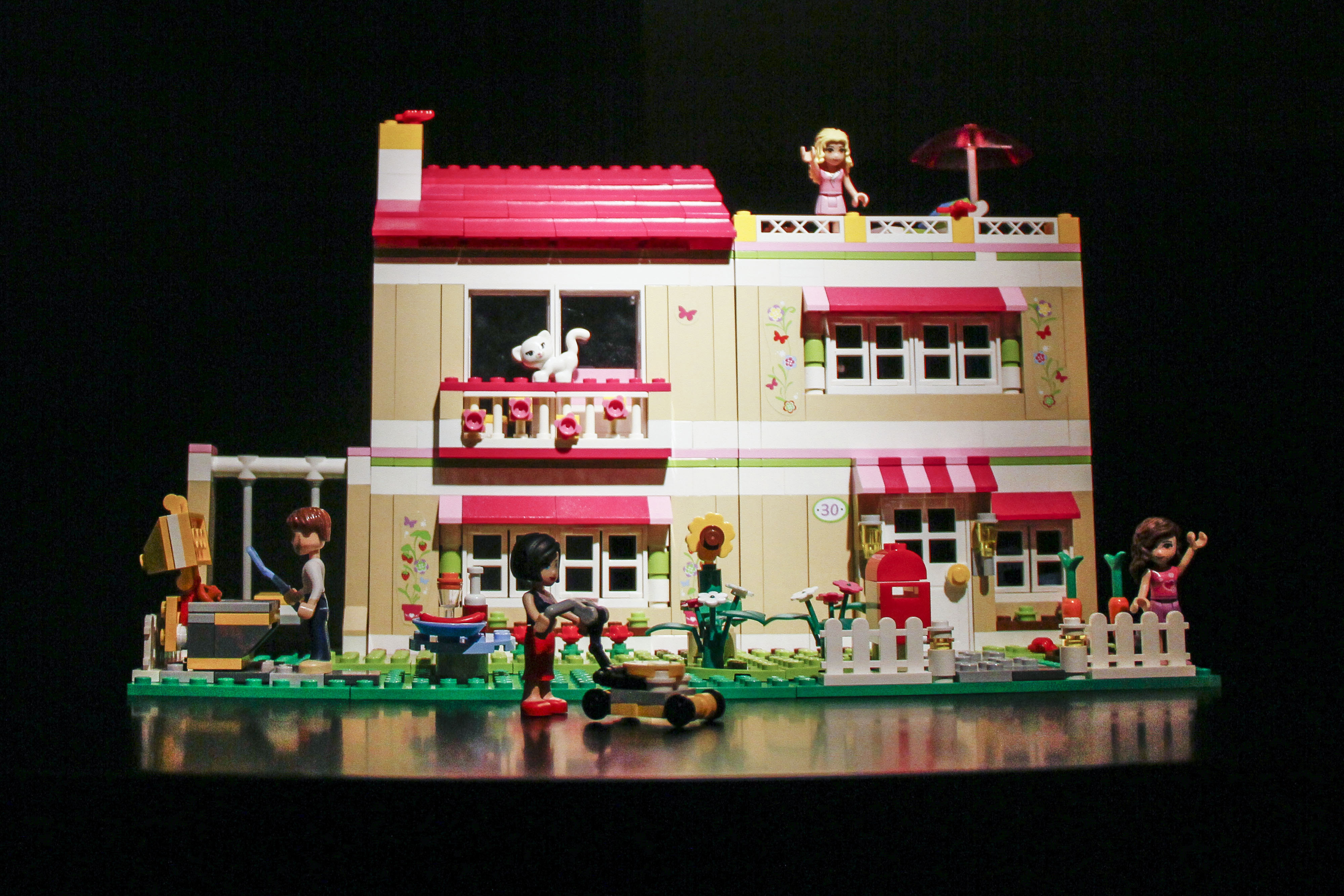It is unfair that I have not grown up to be a leading architect, for it's not as if I didn't put in a long apprenticeship. As a child, I was not one for dolls; I always preferred to build. First, there were Stickle Bricks, those bristly chunks of plastic that look and feel like offcuts from a hairbrush factory. Then there was Lego, so frustratingly curveless and yet so infinitely satisfying. Finally, there was Fischertechnik, a German construction toy designed to teach children how machines work.
The Fischertechnik belonged to my brother, but I would sometimes try it out. Its ugliness horrified me; all cogs and winches, it was mostly black, grey and red. But it left a lasting impression. I find now that I prefer buildings to be honest. Better "ugly" concrete than ersatz Georgian; better gleaming glass and metal than tepid, flavorless classicism. Dame Ann Dowling, who later this year will be appointed the first female president of the Royal Academy of Engineering, believes that if girls were encouraged to play with toys such as Lego, more of them might go on to pursue careers like hers (less than 8 percent of professional engineers in Britain are women and only 20 percent of registered architects).
I agree with her. It isn't only a person's future taste that is influenced by construction toys. Nor is it one's basic understanding of how a bridge might need to be supported or a tower underpinned, things you learn from Lego without even realizing it. It is one's sense of possibility. Sitting on the floor surrounded by bricks, children become absolute rulers, miniature city mayors who may make decisions about high rise versus low rise, traffic flow or the number of trees in a certain park, on a whim. They enforce order, here a street and there a house, and then "wham!," they can destroy the whole plan and start again. Given the God-like way many architects carry on, it's probably helpful to get a sense of this feeling as early as possible.


















With your current subscription plan you can comment on stories. However, before writing your first comment, please create a display name in the Profile section of your subscriber account page.